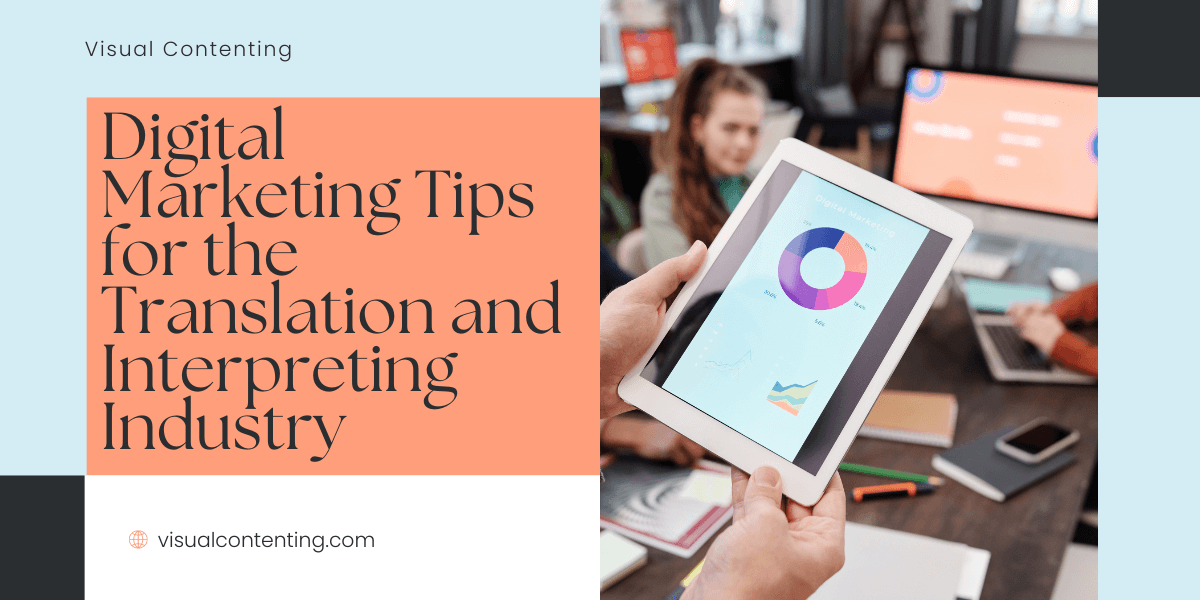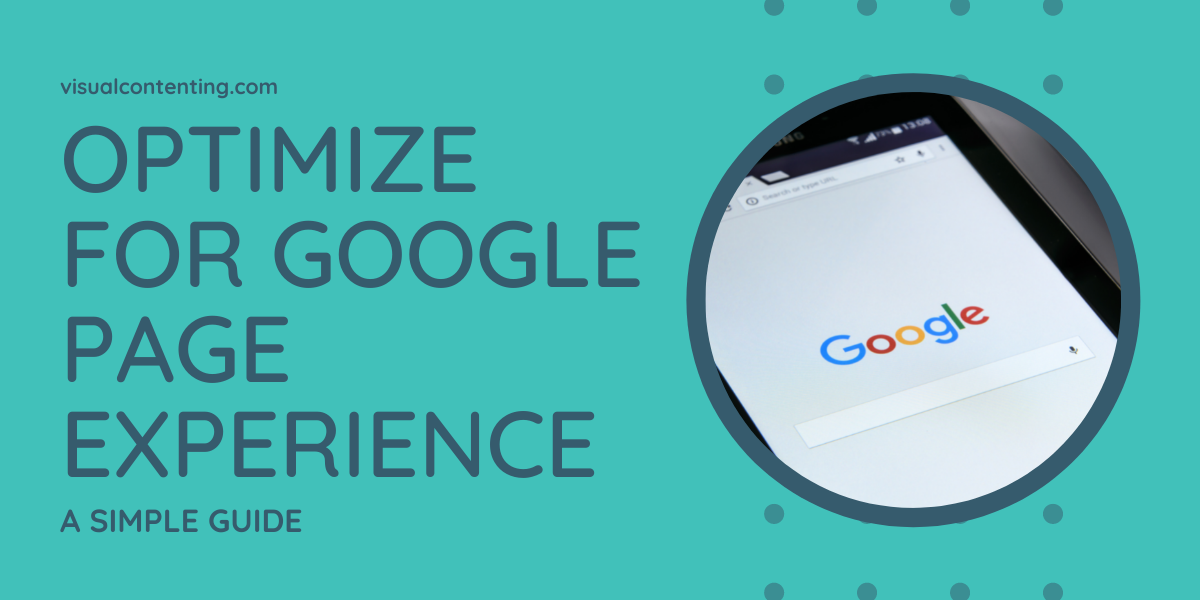This article is part of a series, based on interviews with people about how they bridge a perceived gap or conflict between creative workers (designers, graphic designers, UI/UX people, etc.) and technical SEO people.
Read previous interviews:
SEO Is A Team Sport: Agency Interview with Monkee Boy
The Key to Team SEO Is Communications, Knowledge, Processes, and Tools
What do you do when the creative people and the technical SEO people want things that conflict?
For this article I interviewed David Carpenter, the President of Connection Model, a creative agency based in the greater Seattle area.
David described Connection Model as a digital marketing agency that is nimble and helps other businesses grow through lead generation. They provide a full set of services, including developing websites, creating content, analyzing and improving lead conversion, paid media/digital advertising, and management of campaigns.
It Starts with Managing Customer Expectations
David is the first person I interviewed to talk about this. Every other interview so far (of which they have been four to date) spoke exclusively about managing the flow of work within the agency and with outside service providers.
David expressed that some of their customers want stuff that hurts their SEO, but since they don’t understand the technical aspects of SEO, they don’t know this.
Presentation of Content Marketing and SEO Offerings
So David and his team present their offerings such that technical SEO is seen, front and center, by every prospective client.
They present their offerings as a combination of:
- SEO and organic traffic
- Technical SEO fixes and reporting, and
- Content marketing (the fuel for ongoing organic traffic success)
David acknowledges you cannot separate these in any successful SEO and organic campaign, and that prospective clients sometimes need to be educated on this.
This separation of inseparable services serves two functions: 1) It positions technical SEO as a critical component, and 2) For those clients where Connection Model doesn’t control the clients' website and must rely on the clients' IT department to make necessary changes, the reporting of technical fixes provides a well defined “point of demarcation” between Connection Model and the clients' IT department.
So what do they do if a prospective client says they want SEO, organic traffic, and content marketing, but will not implement the technical SEO recommendations (even by their own internal IT team)? They explain how that can’t work and decline the opportunity.
Distribution of Work within Connection Model
Within Connection Model, creative work and technical SEO work are done by different people. Their Client Advisor is the liaison between their technical SEO people and their creative people. The advisor acts as an interpreter, you might say, between two different departments that inherently speak “different marketing languages”.
This Client Advisor listens to the technical SEO team, then presents technical SEO requirements to the creative folks within Connection Model, and is responsible for communicating both creative recommendations and technical requirements to clients.
For technical requirements that are invisible to website visitors (e.g. Page Titles), there is typically no conflict.
However, some technical SEO is visible to website visitors — for example, H1, H2, H3 headers.
Depending on client expectations about the aesthetics of their site, these often need to be discussed.
Structure or Flow of Communications
What matters here is their technical SEO team is allowed to focus on their work and use the agency’s Client Advisor as their single point of contact. The technical SEO folks make their case to the Client Advisor within Connection Model, who then discuss the requirements and tradeoffs with clients.
The reason for this is simple; SEO is like a foreign language, and as such can be hard to understand.
Technical SEO is like an immersion in that language. Put simply, it’s hard because it challenges your mind in unfamiliar ways (your brain has to construct new cognitive frameworks just like a language), and takes time to learn (it requires sustained, consistent practice to understand and keep up to date on best practices).
Connection Model doesn’t want a language barrier between their SEO experts and their clients; such a barrier causes frustration due to the lack of understanding on both sides. So their Client Advisor is most often the translator.
The creative folks stay creative, the Technical SEO team stays technical, and the role of liaison to clients lands squarely on the Client Advisor’s shoulders.
Having said that, David described the paradigm they use in discussing the importance of H1, H2, etc. headers to clients who think they disrupt the aesthetic appeal of the web page, and it’s a good one.
The programmers behind the crawlers that power the major search engines invariably went to college where they wrote a ton of term papers. Those term papers had a unique title; one core focus, on which their thesis and the entire paper was built.
The paper was then broken down into subtopics and subtitles to round out the research. So Connection Model uses the paradigm of a term paper – with its singular title (H1) and supporting subtopics (H2s and H3s and so on) to educate clients to the importance of headers to SEO.
Clients understand they would never turn in a term paper which had multiple titles and section headers that did not provide clues as to what to expect within the paper and within the various sections.
This paradigm is used to equate the importance of section headings within term papers to the importance of this idea to SEO.
Management of Outsourced Service Providers
David mentioned they outsource very little of the creative work, almost exclusively writing.
While the writers are outside contractors, the editors are not. So structuring work such that technical SEO does not get lost is an in-house responsibility and the responsibility of the editors and Client Advisor.
This is true both in the way they work with writers to structure articles (H1, H2, etc. headers) and as they hand off content for publishing (SEO metadata).
In Closing
The important takeaway from this interview is how Connection Model manages expectations around technical SEO starting with their clients, and how that leads very naturally into how technical SEO details don’t get lost when doing creative work.
Making it “front and center” for clients keeps it highly visible within the Connection Model team.
Related Posts

Kevin Carney is the Founder and CEO of the botique link building agency Organic Growth. He has 8 years of SEO experience and 25+ years of experience managing large technical projects.







